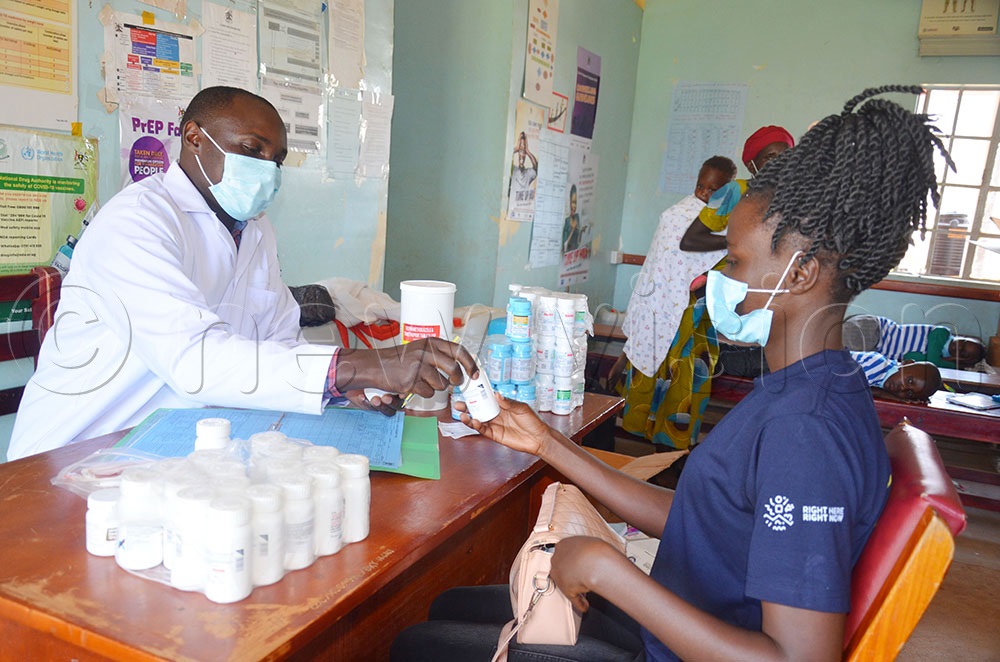UNAIDS' Byanyima urges govt to meet full cost of HIV treatment, prevention
UNAIDS executive director Winnie Byanyima says this is a tall order considering that Uganda is one of the countries that are most dependent on foreign assistance for HIV response.
Excecutive director UNAIDS Winnie Byanyima addressing guests during the recent 3rd annual reproductive Justice Litigation Baraza 2025. (Photo by Agnes Kyotalengerire)
__________________
The joint United Nations programme on HIV/AIDS (UNAIDS) has urged the Government to meet the full cost of keeping people on HIV treatment as well as protecting the population from getting infected.
UNAIDS executive director Winnie Byanyima says this is a tall order considering that Uganda is one of the countries that are most dependent on foreign assistance for HIV response.
Byanyima was speaking at the just concluded 3rd Annual Reproductive Justice Litigation Baraza 2025 under the theme: Incarceration and SRHR in Africa: Defining pathways to reproductive justice at Lake Victoria Serena Golf Resort and Spa, Kigo in Kampala city. The three-day baraza was organised by Ahaki Afya na Haki.
Of the 1.53 million people living with HIV in Uganda, the Government has successfully enrolled 1.4 million people on treatment with a lot of support from the international community, Global Fund, and PEPFAR.
Uganda AIDS Commission (UAC) strategic information and planning director Dr Vincent Bagambe said currently the cost of antiretroviral drugs(ARVs), HIV test kits, and laboratory reagents totals shillings 900 billion. Of that, the Government contributes about 300 billion, while the rest is covered by partners.
On a positive note, Bagambe said since 2020 government has been increasing its contribution to that budget annually by shillings 50 billion. This implies that if the Government is to take up the full cost of treatment and prevention, the increase in funds has to be more.
He further noted that since the US issued executive orders in regard to fund freeze, the agency (UAC) embarked on engaging decision makers in government, and there is a willingness to increase funding, although it may not be so drastic to cover a gap.
A lady receiving ARVs at Bukuya Health Centre IV. (Photo by Agnes Kyotalengerire)
Bagambe noted that if the withdrawal of partners is gradual, probably in the next five years Government can cover the entire budget for keeping people on treatment.
The Burden
The national HIV prevalence has dropped to 4.9% down from 5.1%, according to the 2025 national HIV estimates report.
The same report shows that Uganda has registered a 61% reduction, which translates into 37000 new HIV infections per year, compared to 15 years ago, when over 97,000 new HIV infections were registered.
The epidemic still carries a female face because of the 37,000 new HIV infections, about 14000 were young people aged 15 to 24, with the majority, about 70% being adolescent girls and young women. About 17% of the new HIV infections occurred among young boys and men who are not circumcised but still engage in unsafe sexual practices. A total of 4700 children acquired HIV from their infected mothers, hence translating into a 75 per cent reduction in mother-to-child transmission.